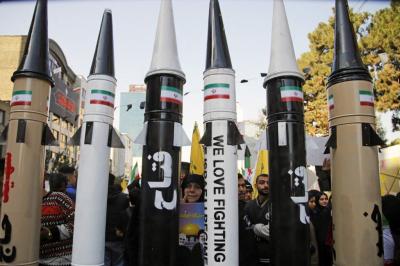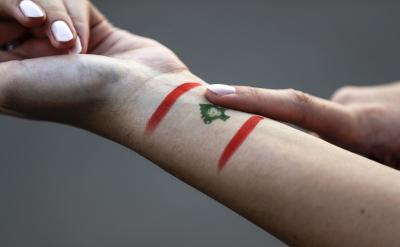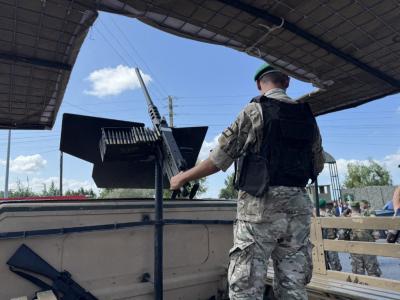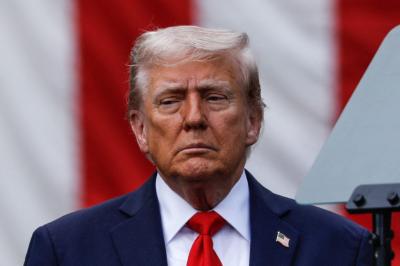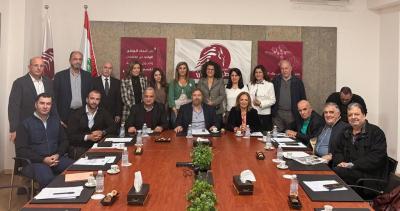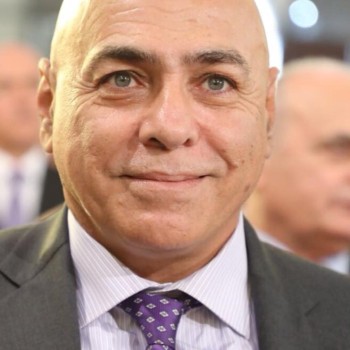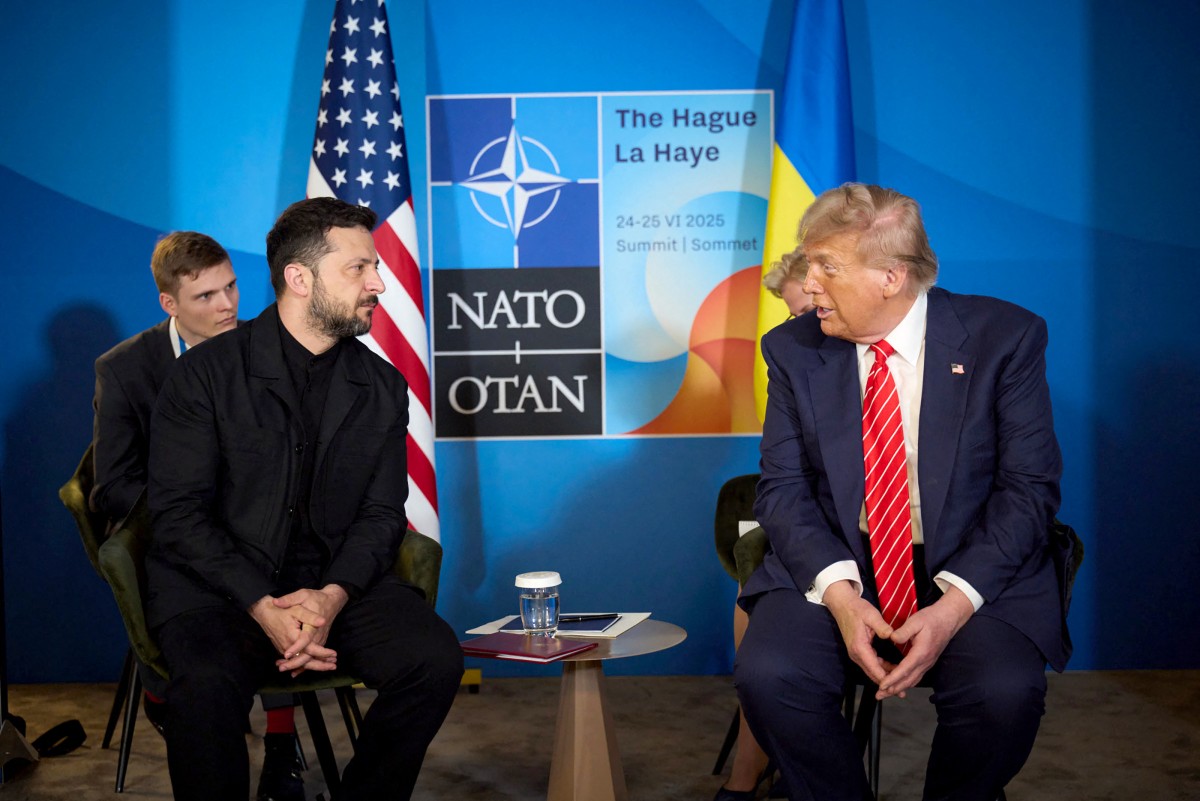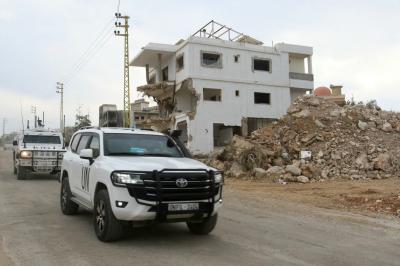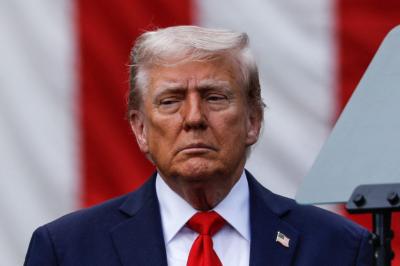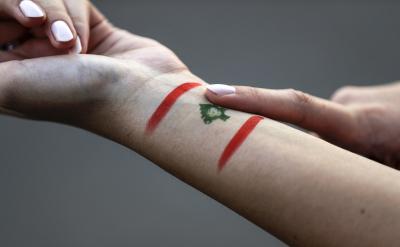As the Russia-Ukraine war is way into its third year, the conflict has reached a critical inflection point shaped by shifting U.S. policy, battlefield adaptations, and faltering peace efforts. President Donald Trump's recent ultimatum to Russia—a 50-day deadline for peace or face severe economic sanctions—has introduced a new layer of geopolitical tension, exacerbating a rift with his Russian counterpart Vladimir Putin while altering the trajectory of Western military support for Ukraine.
Drone Warfare, Shifting Battlefield Dynamics
The war has evolved into the most drone-intensive conflict in history, with both sides deploying UAVs at an unprecedented scale. Ukrainian forces report that drones now account for 69% of strikes on Russian troops and 75% of attacks on vehicles, surpassing artillery in effectiveness. Key drone types include kamikaze drones (loitering munitions with RPG warheads), reconnaissance drones providing real-time targeting data, and interceptor drones designed to neutralize enemy UAVs.
This shift has forced Russia to abandon large armored assaults in favor of small infantry squads (5-6 soldiers) advancing on motorbikes or quad bikes to evade detection. Despite these adaptations, Russia maintains territorial gains, advancing 1,415 sq km in the past three months, primarily in eastern Ukraine.
Patriot Missile Debate
Ukraine's urgent need for Patriot missile systems remains a focal point. Trump's recent announcement to supply 17 Patriot systems via NATO, with European nations footing the bill, marks a strategic pivot. These systems are critical for intercepting Russian ballistic missiles like the Iskander-M, which have devastated cities like Kharkiv and Odesa. However, without short-to-medium-range defenses, Ukraine's protection gaps will persist.
Russia's Escalating Air Campaign
On July 16, Russia launched 400 Iranian-supplied Shahed drones and a ballistic missile in a single night, targeting urban centers. Such strikes aim to degrade Ukrainian morale and infrastructure, reinforcing Putin’s strategy of attrition over rapid conquest.
Political Shifts
Trump’s relationship with Putin has deteriorated sharply since early 2025. Initially, Trump sought to broker a peace deal, boasting he could end the war "in 24 hours." However, after six failed phone calls and Putin's refusal to attend peace talks in Istanbul, Trump adopted a tougher stance. Key developments include:
- Weapons Pledge: Trump's "sell-to-NATO" scheme allows European allies to buy U.S. arms, such as Patriot missile systems for transfer to Ukraine, sidestepping direct U.S. involvement.
- 50-Day Ultimatum: Threat of 100% tariffs on Russian goods and secondary sanctions on China/India if no peace deal is reached by early September.
- Public Frustration: Trump accused Putin of peddling lies and lamented, "I felt we had a deal about four times… but it just kept going on and on".
Putin's Unyielding Posture
The Kremlin has dismissed Trump's threats as "theatrical," with Dmitry Medvedev, deputy chairman of the Russian National Defense Council mocking the ultimatum on social media. Sources close to Putin indicate he views sanctions as manageable, and territorial gains as irreversible, This explains why he demands recognition of annexed regions (Crimea, Donetsk, Luhansk, Zaporizhzhia, Kherson) and a NATO non-expansion pledge.
At the same time, Putin believes time favors Russia, given Ukraine's manpower shortages and Western aid delays.
Failed Negotiations, Prisoner Swaps
The Istanbul peace talks in June 2025 yielded only minor agreements, such as the July 17 exchange of 1,000 Ukrainian soldiers’ remains for 19 Russians. Ukraine's President Volodymyr Zelensky insists on no territorial concessions, while Putin demands capitulation—a chasm that Trump's mediation has yet to bridge.
Europe's Growing Role
With U.S. aid fluctuating, Europe has surpassed America in total military aid (€72B vs. €65B).
German Chancellor Friedrich Merz and British PM Keir Starmer signed a treaty with a "mutual assistance clause," signaling deeper post-Brexit cooperation. In addition, the EU Commission recently proposed a €100B reconstruction fund to support Ukraine's long-term recovery.
NATO’s Strategic Pivot
NATO Secretary-General Mark Rutte praised Trump's weapons plan as a "game-changer," while Supreme Allied Commander Air Force General Alexus Grynkewich warned that Russia remains an "enduring threat" regardless of Ukraine's outcome. The alliance is also preparing for what it said were simultaneous conflicts, implying a potential Taiwan crisis by 2027.
Next Phase, Peace Efforts
In the short term, Russia is likely to intensify its offensive. Putin may order a surge to maximize gains before Trump's deadline, targeting energy grids and cities.
Ukraine will deepen its defensive posture, using drones and Patriot missiles.
Once Trump's 50-day ultimatum elapses and Trump imposes sanctions, secondary tariffs on China and India could disrupt Russian oil exports, but Moscow may retaliate by escalating attacks.
If talks resume, a frozen conflict is likelier than a full peace deal, with Putin possibly demanding buffer zones in Ukraine.
The big "unknown" here is Trump’s volatility, as he could shift abruptly if Putin offers token concessions such as accepting a ceasefire. Conversely, if Trump feels "betrayed," he may greenlight deeper Ukrainian strikes inside Russia.
The future of the war hinges on three variables: battlefield attrition, Trump's resolve, and Putin's cost-effective calculus.
Please post your comments on:
[email protected]
 Politics
Politics
